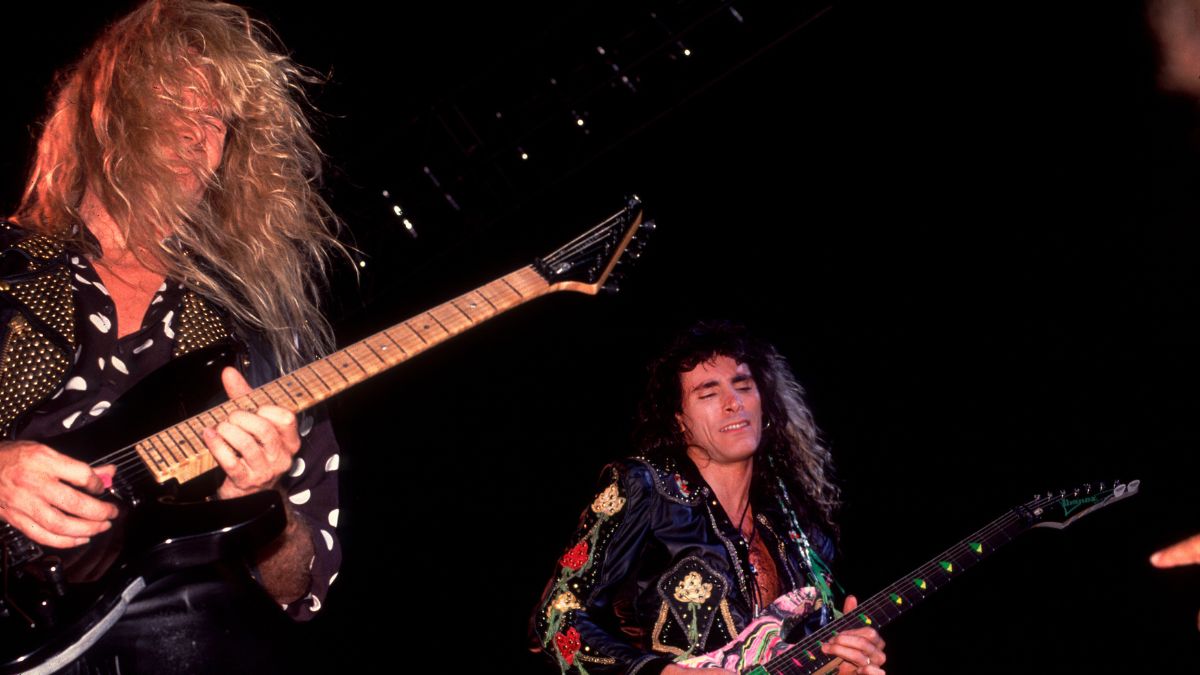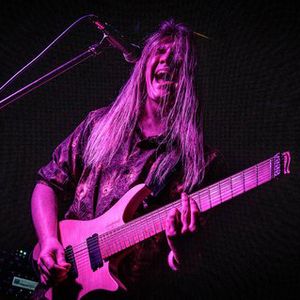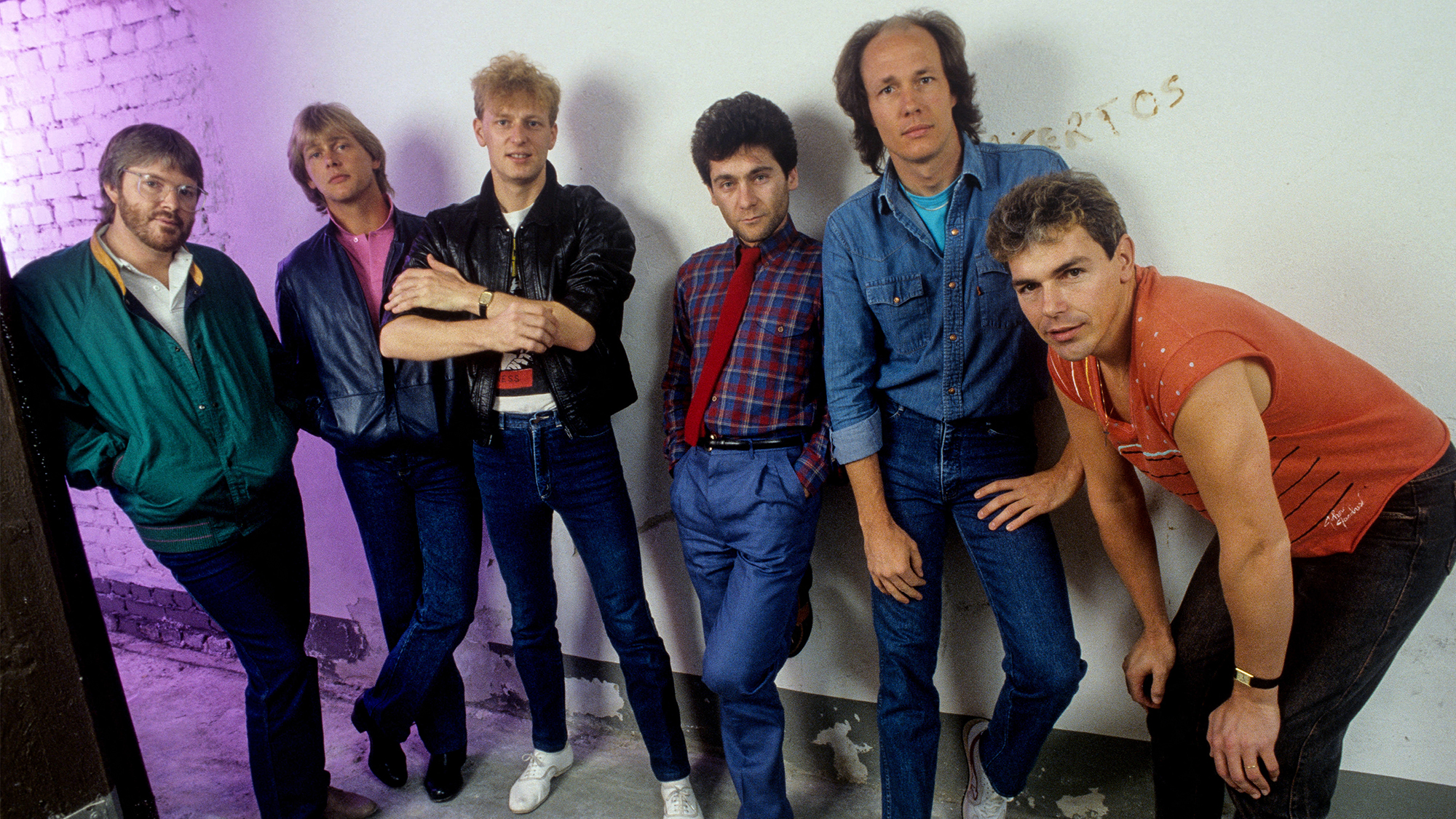"I got carried away": How being in Whitesnake with Steve Vai made Adrian Vandenberg a better player
Let's face it: Playing alongside Steve Vai would make you re-evaluate some things…

Former Whitesnake guitarist Adrian Vandenberg has reflected on the “challenge” of sharing six-string duties with Steve Vai during his short spell in the band, and how Vai’s brand of virtuosity helped him refocus his approach to the instrument.
The Dutch guitarist joined the band in 1987 amidst a backdrop of mass firings at the behest of band leader David Coverdale. Despite that tumult, he quickly added his flare to the smash hit "Here I Go Again", helping the band reach new heights.
Then, having co-wrote the band’s next album, 1989’s “Slip of the Tongue,” injury prevented him from recording his parts, which is when Steve Vai was welcomed into the fold. Naturally, that posed problems for Vandenberg, who had to watch on from the sidelines. Speaking to American Music Supply, the Dutchman has detailed how initial adversity dissipated as the pair formed a potent guitar partnership.
“[Playing with] Steve was quite a challenge because he's a virtuoso,” he underscores. “It was an interesting challenge because it really [got] me thinking about what my style is.
“I got carried away when I joined Whitesnake, the whole fast playing bit that was going on in the States, and I've never really been into it, because I was influenced by guys like Brian May and early Leslie West, the blues players and melodic players like [Michael] Schenker.”
Echoing Wolfgang Van Halen’s recent statements that his dad’s chops “kind of ruined,” the ‘80s guitar scene as a wave of immitators followed in Van Halen's wake, Vandenberg believed too many players were focusing too greatly on the high octane elements of a wider palette of playing.
“A lot of people don't even realize that Eddie Van Halen is actually a really melodic player because it kind of got covered by his flamboyant playing,” he explains. “But if you listen to a lot of the solos, they always have a little melody that he repeats live as well. And then he does all the flurry stuff in between.”
All the latest guitar news, interviews, lessons, reviews, deals and more, direct to your inbox!
Yet, while he didn’t associate himself with the speed freak camp of players yielding Superstrats and handling sweep arpeggios like they owed them money, it took Vai’s presence to realize he’d fallen into that same trap.
“For me, it's mainly the right note on the right spot,” he continues. “And so, touring with Steve, I thought, 'Oh, wait a minute. I got carried away a little bit the last couple of years, so I'm gonna focus on what I think I should be doing.' And that was a really great way for us to work together, because we've got such different styles. I really enjoyed it. [He's a] great guy [with a] sense of humor. [It was] a wonderful time.”
Vai had his own problems when stepping into the Whitesnake camp; a battle of identity sitting at the forefront thanks to the talents of one of his predecessors.
“Whitesnake had gone through different permutations of guitar sounds throughout the years,” he told Guitar World in 2020. “[But John] Sykes didn’t sound like any other previous Whitesnake guitarist. His thumbprint is an indelible part of the Whitesnake record he did. The fatness of that record and the rock integrity it had was all Sykes. So I knew I wasn’t going to sound like Sykes and I wasn’t going to try to.
“You cheat yourself when you try to do that and play like someone else,” he expanded. “And the audience is a lot smarter than you think; they’re very intuitive and perceptive and if you try to pull anything over on them – like biting someone else’s thing – you’ll get beat up for it.”

When he got out on the road with the band, Vandenberg now by his side, he suffered one of his biggest on stage disasters when he and his heart-shaped guitar hit the deck after his boot spurs caught a monitor. It’s one of two incidents the guitarist now calls “the tale of two Davids”.
Whitesnake disbanded in 1990, leaving Vai and Vandenberg to go their separate ways,. Though Vandenberg would later rejoin the group, Vai stayed away having built a successful solo career and remained focused on his own projects.
Vai’s latest project sees him joining up for Joe Satriani and Pete Thorn as the SatchVai Band, and new music together has been mooted.
A freelance writer with a penchant for music that gets weird, Phil is a regular contributor to Prog, Guitar World, and Total Guitar magazines and is especially keen on shining a light on unknown artists. Outside of the journalism realm, you can find him writing angular riffs in progressive metal band, Prognosis, in which he slings an 8-string Strandberg Boden Original, churning that low string through a variety of tunings. He's also a published author and is currently penning his debut novel which chucks fantasy, mythology and humanity into a great big melting pot.



